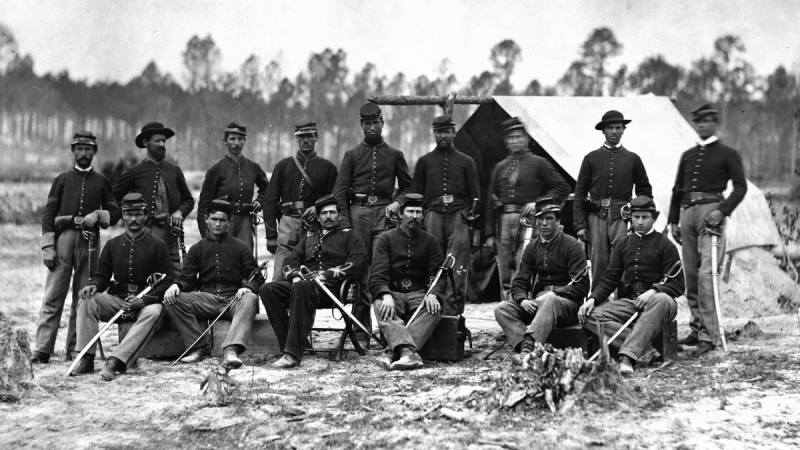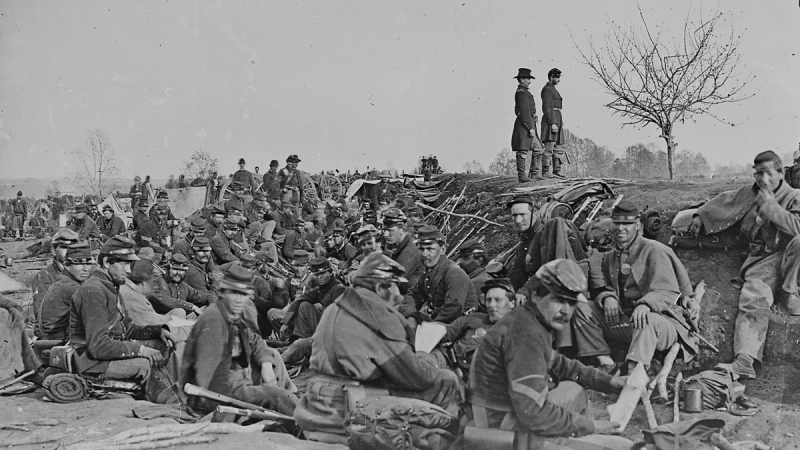The Petersburg campaign encompassed 292 days of combat, maneuver, and trench warfare between June 15, 1864, and April 2, 1865.
Featured in the Petersburg campaign, from June 15 to 17, 1864, Confederate General Beauregard outnumbered him and his troops saved Petersburg from Union occupation. He created a third line of defense along the high ground closer to the city and occupied it on the morning of June 18, receiving reinforcements from Lee's Army of Northern Virginia. The arrival of Lee's men ended the Union's hopes of capturing Petersburg during a storm and ensured a protracted siege and seemingly endless skirmishes. For the next nine months, Grant focused on cutting off many of Petersburg's railways and carriages to the south and west. The four attacks from June to October have increased gradually. At the end of the 1864 campaign season, Lee could only rely on a temporary supply line via the Boydton Plank Road and the South Side Railroad to maintain contact with the south.
Although the Confederates held off the Federals in the Petersburg campaign, Grant implemented a siege of the city that lasted for 292 days and ultimately cost the South the war. The siege of Petersburg foreshadowed the trench warfare that was common in World War I, earning it a prominent position in military history. It also featured the war's largest concentration of African-American troops, who suffered heavy casualties at such engagements as the Battle of the Crater and Chaffin's Farm. The Petersburg campaign enveloped 292 days of combat, maneuver, and trench warfare between June 15, 1864, and April 2, 1865. The Petersburg campaign involved more than 180,000 soldiers and produced some 60,000 casualties. The outcome of this battle was the end of the civil war and a victory for the union. The union was then able to abolish slavery and rebuild the united states to their wants. This became one of the facts about the Petersburg campaign.











